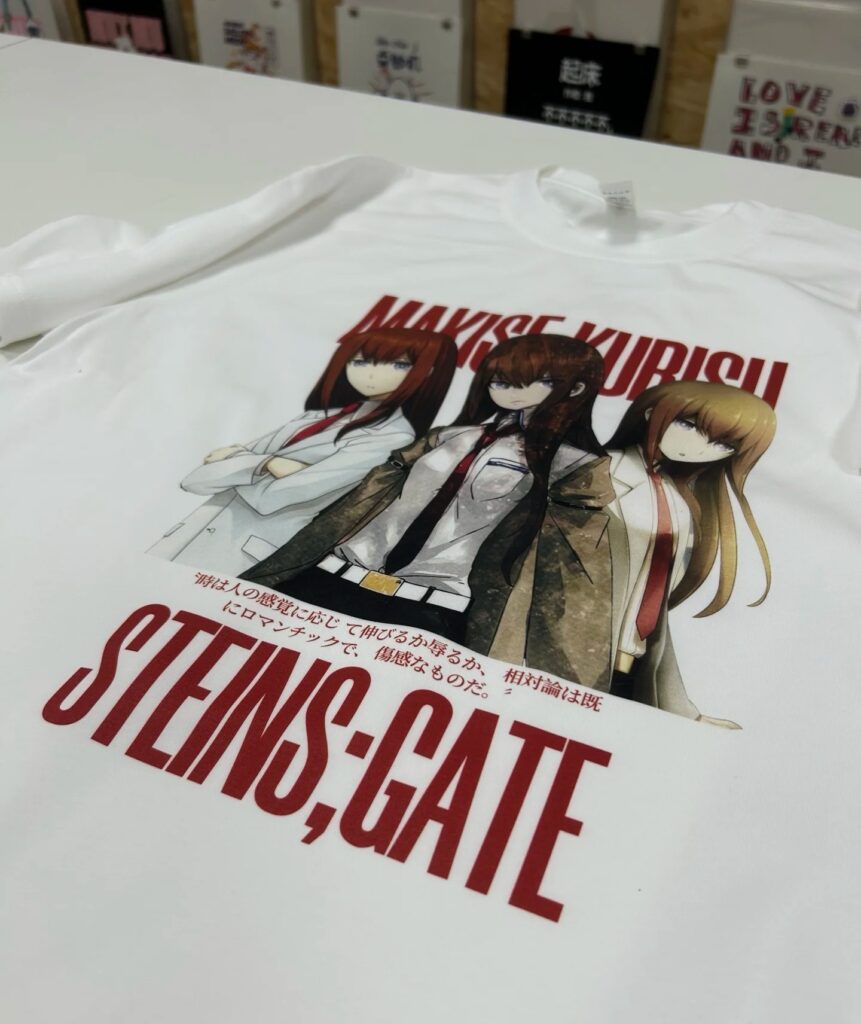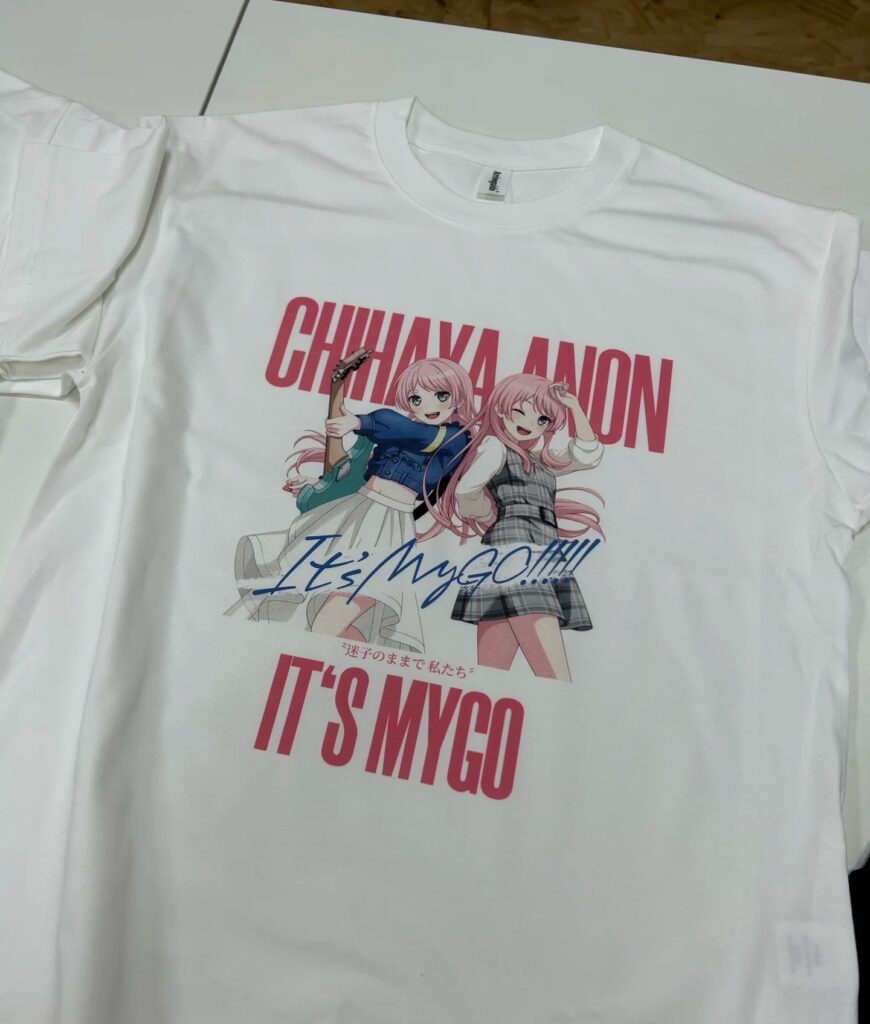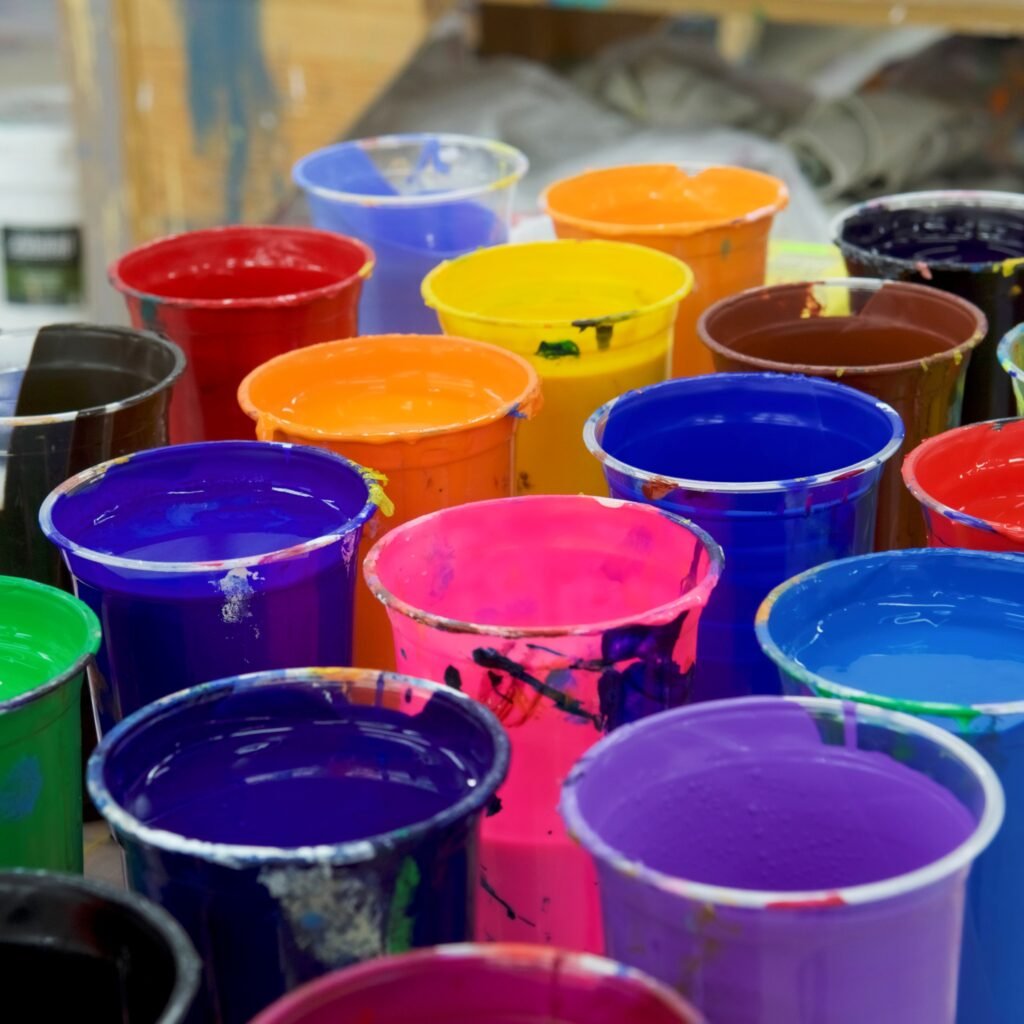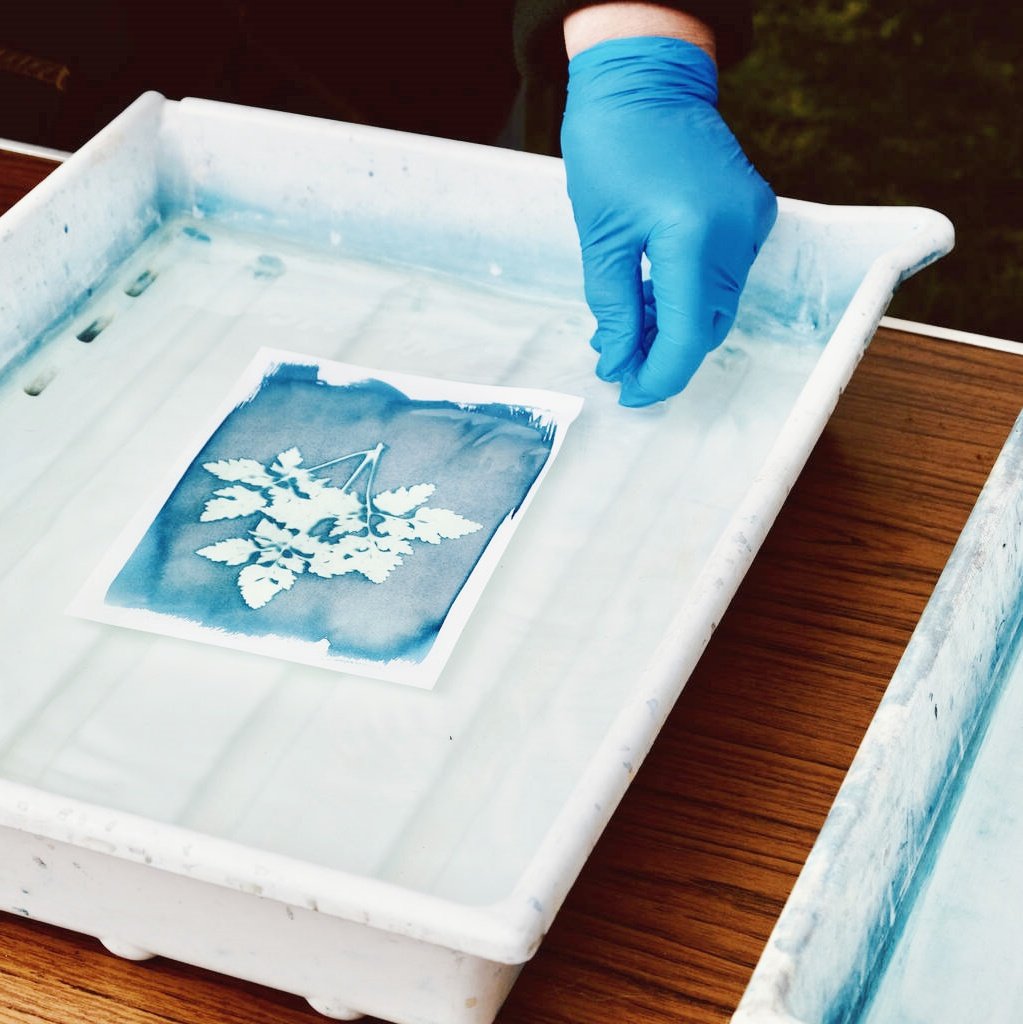Plastisol ink is the undisputed heavyweight champion of the display screen printing global. If you have ever worn a t-blouse with a shiny, ambitious photograph, possibilities are you have encountered a print made with it. This manual is a deep dive into the entirety you need to know approximately plastisol ink, the cornerstone approach for developing long lasting and colourful clothing. We’ll explore what it’s far, the wayit differs from water based totally inks, and a way to use it efficiently to create expert-nice prints. Whether you arejust starting your screen print journey or are a seasoned professional seeking to refine your abilties, this newsletter will offer the vital know-how to master plastisol inks for display screen printing and raise your paintings.

Table of Contents
1.What is Plastisol Ink and Why is it so Common in the Screen Printing Industry?
At its middle, plastisol ink is a completely unique type of ink composed of PVC (polyvinyl chloride) particles suspended in a plasticizing emulsion. Unlike other inks that dry via evaporation, plastisol ink will not dry or “remedy” until it reaches a selected temperature. This essential assets is whatmakes it the most commonly used ink inside the industrial garment decoration and screen printing industry. Because it doesn’tdry at room temperature, it is able toremain on a display for prolonged durations without clogging the mesh. This is a big advantage for print shops handling large orders, because it reduces downtime and ensures a clean, uninterrupted printing manner.
The purpose plastisol ink is so ubiquitous is its sheer versatility anduser-friendliness. The ink sits on top ofthe cloth in preference to soaking into the fibers like a dye. This creates an opaque, crisp, and tactile print with excellent color saturation. It’s a reliable workhorse, a key deliver for any serious printer. This capability to put at the pinnacle of the material makes it perfect for printing shiny colours on dark-coloured apparel, a not unusual demand from any client. Its ease of use makes the initial studying curve for brand spanking new display screen printers much more doable as compared to different ink systems.
2.How Do You Properly Cure a Plastisol Ink Print on a Garment?
Curing is the most critical step in the plastisol display printing manner. Curing is the technical time period for “drying,” however it is extra correct to describe it as a fusion manner. For a plastisol ink print to become permanent, it should be heated to its therapy temperature, which is typically among three hundred-330°F (150-165°C), depending on the unique ink manufacture. At this temperature, the liquid plasticizers are absorbed by the strong plastic (PVC) resin particles, causing them to melt and fuse together right into a single, durable layer of ink this is bonded to the fabric. Without proper warmness, the print will no longer remaining.
The consequences of an flawed therapy are extreme and might destroy a whole batch of garb. If the ink is below-cured (now not heated to the overall temperature for the required duration), the print will crack and peel faraway from the fabric after the first wash. You can check for a proper treatment by using gently stretching the print place; in case you see high-quality cracks acting in the ink, it’s miles probably underneath-cured. To gain a complete and steady cure, professional stores use a conveyor dryer, which movements the broadcast garment thru a warmness chamber at a managed velocity and temperature, ensuring each a part of the design is properly heated
3.What’s the Critical Difference: Plastisol Ink vs. Water-Based Ink?
The amazing debate in display printing regularly comes all the way down to this: plastisol ink vs water-based totally ink. The number one difference lies of their composition and the way they interact with the material. Plastisol ink, being a thermoplastic, sits on the surface. This outcomes in a vibrant, opaque print you may sense. It’s exceptional for formidable pictures on t-shirts, hoodies, and athletic put on. In contrast, water-primarily based ink is a thinner liquid that penetrates and soaks into the fibers of the fabric, essentially becoming a part of the material itself. This effects in a much softer, often undetectable experience, recognized inside the industry as a soft hand.
Each ink has its place. While plastisol ink excels in opacity and ease of use, water-based totally ink is preferred for attaining a vintage or softer experience, in particular on a lighter colored garment. A precise kind of water-based totally chemistry, discharge ink, is designed for darkish a hundred% cotton garments. It works with the aid of chemically disposing of the dye from the blouse’s fibers and replacing it with the preferred pigment, leaving in the back of an exceptionally gentle print. However, water-based ink may be greater challenging to work with as it could dry inside the screen mesh in the course of printing, and shade matching can be much less predictable on distinctive colored fabric. For those reasons, plastisol ink remains the maximum famous ink for its reliability and flexibility.

4.How Can Screen Printers Mix Plastisol Ink Colors for a Custom Design?
One of the maximum powerful features of plastisol ink is its mixability. Screen printers aren’t restrained to the colours that come directly out of the bucket. With a proper blending machine, you could create a truely endless choice of sun shades to match any specific branding or layout requirement. Most primary ink producers provide a mixing system that includes a set of base hues and a software formula to attain precise Pantone suits. This colour matching functionality is crucial for professional print stores that want to reproduce company trademarks or artist palettes with ideal accuracy.
The method to combine inks includes the use of a sensitive scale to weigh out specific amounts of various base colors in step with a method. These are then thoroughly combined collectively to create the brand new, custom colour. This lets in for an first-rate degree of customization, ensuring the final print is precisely what the customer predicted. Beyond Pantone matching, printers can also test by means of creating their own precise coloration blends, giving their work a different style. This ability to create a custom blend is a essential ability for any printer trying to provide a full variety of services.
5.What are Ink Additives and When Should You Use Them with Plastisol?
Plastisol ink is superb on its own, but its houses canbe modified with a range of ink components. These are uniqueformulations that may be blended intothe ink to alter its viscosity, texture, or overall performance. A not unusual additive is a “curable reducer,” which thins the ink, making it less complicated to print through aexcessive-mesh displayscreen for satisfactory info and developing a softer feelingprint. Anotheris a “stretch” additive, which will increase the ink’s elasticity, making it ideal for printing on stretchy fabrics like spandex or overall performance jersey substances without cracking.
The world of additives unlocks a huge variety of special effects. A “puff” additive reasons the plastisol ink to amplify and rise at some point of the curing system, developing a 3-D, tactile effect. Specialty inks like metallic silver or gold include actual metallic flakes for an authentic shine, at the same time as glitter and shimmer inks add sparkle. There also are reflective components that make a print extraordinarily visible in low light, often used for protection or style clothing. Using an additive correctly can transform a preferred display screen print into a premium, high-cost product, however it is crucial to follow producer pointers, as they could affect the ink’s curing residences.
6.How Does White Plastisol Ink Help You Print on a Dark Shirt?
Printing on adarker garment affords a unique undertaking: the shade of the material can show through the ink, dulling the vibrancy of the print. This is where a high-opacity plastisol ink will become essential, and none is extra critical than white plastisol. This ink is mainly formulated to be thick andcomprise a high awareness of pigment to effectively block the shade of the underlyingshirt. It serves as the inspirationfor almost all prints on darkish garb. Even if the very last design has multiple shades, a base layer of white is often revealed first.
The preferred approach for reaching a bright, stable print ona dark material is the “print-flash-print” approach. First, a layer of white plastisol inks carried out via thedisplay screen. Then, this layer is partly cured for some seconds under a heating unit called aflash treatment station. This gels the ink’s floor so that a 2d layer ofink may beprinted on top of it without smearing. This 2nd layer could be any other coatof white for optimum brightness or anyother colorwithin the layout. This method guarantees the final shades are bright and authentic, now not muted via the dye of the garment.
7.What is the Best Equipment to Screen Print with Plastisol Ink?
While you can begin display screen printing with a simple setup, making an investment inside the right equipment is vital for attaining expert, amazing effectswith plastisol ink. The adventure starts with the display screen itself. The mesh matter of the display screen (threads according to inch) determines how plenty ink is deposited; decrease mesh counts are used for thickinks like white plastisol, whilst higher counts are for particular designs with thinner inks. A strong printing press is also crucial for holding the screen and garment in perfect registration for multi-coloration jobs.
However, the maximum essential pieces of system for printing plastisolrelate to warmness. As referred to, a conveyor dryer is the enterprise wellknown for making sure a proper and consistent treatment. It affords even, controlled warmth this is some distance more reliable than theuse of a warmness gun or warmness press for full production runs. A flash treatment unit is similarly critical. This tooloffers a burst of infrared warmth to gel the ink between colours in a moist-on-wet printingsystem or for the print-flash-print approach on darkish garments. Without a dependable dryer and flash unit, it’s almost impossible to provide durable, professional plastisol prints.
8.Can Plastisol Be Used for a Heat Transfer Print Instead of a Direct Screen Print?
Yes, plastisol ink is particularlyversatileand is the number one ink used for growing warmth transfers, additionally referred to as plastisol transfers. In this manner, the design is not screen printed at once onto the garb. Instead, the display screen print is made onto a special sheet of release paper. The layers of plastisol ink are revealed in opposite order, regularly with an adhesive powder sprinkled at blending machine,mixing system,Accept Dismiss the final moist layer. The ink on the paper isthen run via a dryer to be best in part cured, just enough to be dry to the touch.
This creates a ready-to-observe transfer. When a purchaserorders the layout, the switch is located onto the garment—be it at-blouse, hat, or bag—and pressed with a commercial warmth press. The warmnessand stress completely remedy the plastisol ink whilst bonding it to the material. When the paper is peeled away, the completed print stays. This technique is extraordinarily famous for selling pre-printed designson-line, for applying pix to difficult-to-printobjects like hats, and for on-call for custom printing at events.
9.What Are Common Issues When Printing with Plastisol on Apparel?
Even with its user-pleasant nature, printing with plastisol ink has its demanding situations. One not unusual problem is fibrillation, which happens whilst fibers from the material (mainly on lower-pleasant cotton clothes) push via the ink layer as it remedies, making the print appearance fuzzy and faded after a wash. Using ahigher-great, ringspun cotton shirt and applying clean, even strain can assist limit this. Another hassle is dye migration, wherein the dye from polyester or mixture fabric bleeds into the ink at some point of curing, staining the print. This is specifically not unusual with crimson polyester clothes, that can turn a white print purple. Using unique low-bleed or dye-blocking plastisol ink is the answer for this hassle.
Other troubles are more procedure-associated.Applying too much plastisol ink can bring about a very thick, heavy print this is uncomfortable to wear and might generally tend to crack over the years due to its inflexibility. Conversely, no longer applying enough strain at some stage in the screen print can lead to an incomplete or spotty picture. Maintaining the right off-touch (the small hole between the screen and thegarment) islikewise crucial to make certain the screen snaps returned cleanly after the squeegee bypass, leavinga pointy, nicely-defined print.

10.How Do You Achieve aConsistent, Quality Print with Plastisol Ink?
Achieving a constant, fantastic print run after run is the hallmark of a expert screen printer. With plastisol ink, this consistency comes from controlling every variable within the printing enterprise. This starts offevolved with using a great plastisol ink and getting ready it efficaciously, making sure it’s miles stirred to a easy, creamy consistency earlier than printing. It mann
blending machine,mixing system,Accept Dismiss er the usage of the suitable display mesh forthe layout’s detail and the right squeegee (in phrases of both hardness and sharpness) for the ink and cloth kind.
Consistency is likewise approximately mechanical precision.Squeegee attitude, strain, and pace should be stored uniform for each unmarried print. For multi-color designs, registration have to be best. Printing on one of a kind varieties of apparel requires modifications; a50/50 cotton/polycombo or a gentle tri-mixture material will behave otherwise than a a hundred% heavyweight cotton t-shirt. Understanding how to regulate yourmethod—perhaps the usage of a low-bleedink ora distinct curing temperature—for each specific fabric is what separates amateurs from pros. The closing aim is to fabricate a product that is not handiest visually appealing however also snug and long-lasting forthe end person.
11.Key Takeaways to Remember
- Plastisol ink is a PVC-primarily based ink that does not dry with out warmth, making it extraordinarily person-pleasant as it won’t clogyour screen.
- Proper curing is non-negotiable. The ink should reach around 320°F (a hundred and sixty°C) to fuse nicely. An below-cured print will crack and peel.
- It sits on pinnacle of thecloth,which leads to a vivid, opaque, and sturdy print, making it perfect for both mild and darkish garments.
- Plastisol is tremendously flexible. It can be blended tocreate custom hues, modified with components for special effects, and used for each direct display printing and heat transfers.
- Technique matters. To gain a extraordinary, consistent print, you must manipulate variables like display screen mesh, squeegee stress, and curing time, and adjust for exceptional cloth types.



